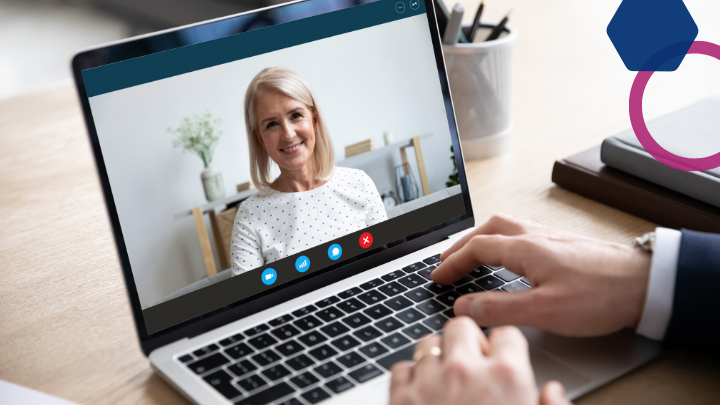How do we create a culture in our schools where adults see themselves as learners?
This was my driving question seven years ago when I first became a principal at Marcus Whitman High School. I was a very different principal back then: I held on tightly to what was within my control and found it difficult to let go. Yet, as my teachers have adopted more reflective processes and received personalized support, I have experienced increased freedom to relinquish control. I now empower my teachers to be the professionals they aspire to be. This has transformed my school into a place where learners, whether young or old, seek to grow.
The question of creating a culture where adults see themselves as learners has become even more important as our district has made the shift toward learner-centered pedagogy. One of the biggest stumbling blocks in that shift is applying the “learner” label exclusively to students. We often forget about the supports adult learners need as we ask them to lead this change. All learners need tailored supports to help them take risks, bounce back from challenges, and reflect on what works and what doesn’t. At Marcus Whitman High School, we have been investing in personalized supports for teachers to drive the growth of individuals and that of our entire learning community.
Shifting the Culture of Learning
My vision as a principal is to create a community where all learners, young or old, can thrive. To be successful, we have to start with establishing a strong culture of learning for teachers. I have worked intentionally to shift our staff culture from a congenial to collegial one. Instead of our collective time being focused on administrative tasks or to-do lists, I wanted to motivate teachers to become active thought partners, where they provide encouragement, critical feedback, and solutions for one another.
As I began to shift this culture among my staff, the district also kicked off a new initiative to build a collaborative group centered around blended learning. In 2016, we began the Educating 4 Tomorrow (E4T) cohort. This small group of teachers is committed to developing the skills and mindsets to become the type of leaders needed in a learner-centered community. The group meets monthly to share best practices and develop solutions that support other educators to make similar changes.
E4T was initially successful in driving small practice shifts within their own classrooms, but expanding ideas beyond the group remained challenging. For many participants, it felt risky. While teachers were experts in their content area, they were still new to implementing blended learning for the sake of personalization. In response to teachers’ desires for more support, we decided to treat our adults as the learners they are and give them the individualized attention they needed to be successful.
Amanda’s Story
One teacher in particular blew us away with her growth. Five years ago, Amanda was a very different teacher—she worked in isolation, and she wasn’t seeing the student engagement she had hoped to see in her math classes. However, she was making incremental shifts and was open to the idea of changing her practice, so we invited her to join the E4T cohort to pilot new initiatives.
When we found BetterLesson—a professional learning company that provides personalized, job-embedded, and continuous support for educators—we selected Amanda to participate in the program. She expressed a desire to receive tailored support from a math content expert with a wide breadth of experience across different school settings. Over the school year, Amanda and her coach met biweekly via video conference to unpack the challenges she was facing. They identified strategies based on the context of Amanda’s classroom and worked steadily toward her goals. In this case, Amanda wanted to set up mastery-based learning opportunities and design more engaging and relevant lessons. She began utilizing new blended learning strategies, such as choice boards, that gave students the opportunity to move at their individual readiness level. Her students began to take more ownership over their learning, engage in deeper dialogue with one another, and increase their level of engagement in the classroom.
Having a personal coach allowed for trial and error in a private, safe place. The personalized support enhanced Amanda’s confidence and pushed her to try new, innovative approaches in her classroom. If something didn’t work, there was always another strategy to try, with help from a thought partner as Amanda learned how to best serve her students. Amanda also began to actively seek out opportunities to connect with her colleagues, opening her classroom for others to learn and give her feedback. I have seen her become more accepting as she works together with students to design learning experiences that both challenge and support them. With the encouragement of her coach, colleagues, and administrative staff, Amanda has taken off and has truly found her voice.
Her mindset shift had a ripple effect on her colleagues, and more teachers adopted this attitude of taking healthy risks. She began modeling what it meant to be an adult learner at Marcus Whitman—and it’s catching on! Other teachers have begun opening their classrooms and looking for thought partners in their work. As teachers began collaborating to provide solutions to each other’s challenges, they naturally experimented with and implemented practices that worked for students.
Read the full article on the National Association of Secondary School Principals website.







